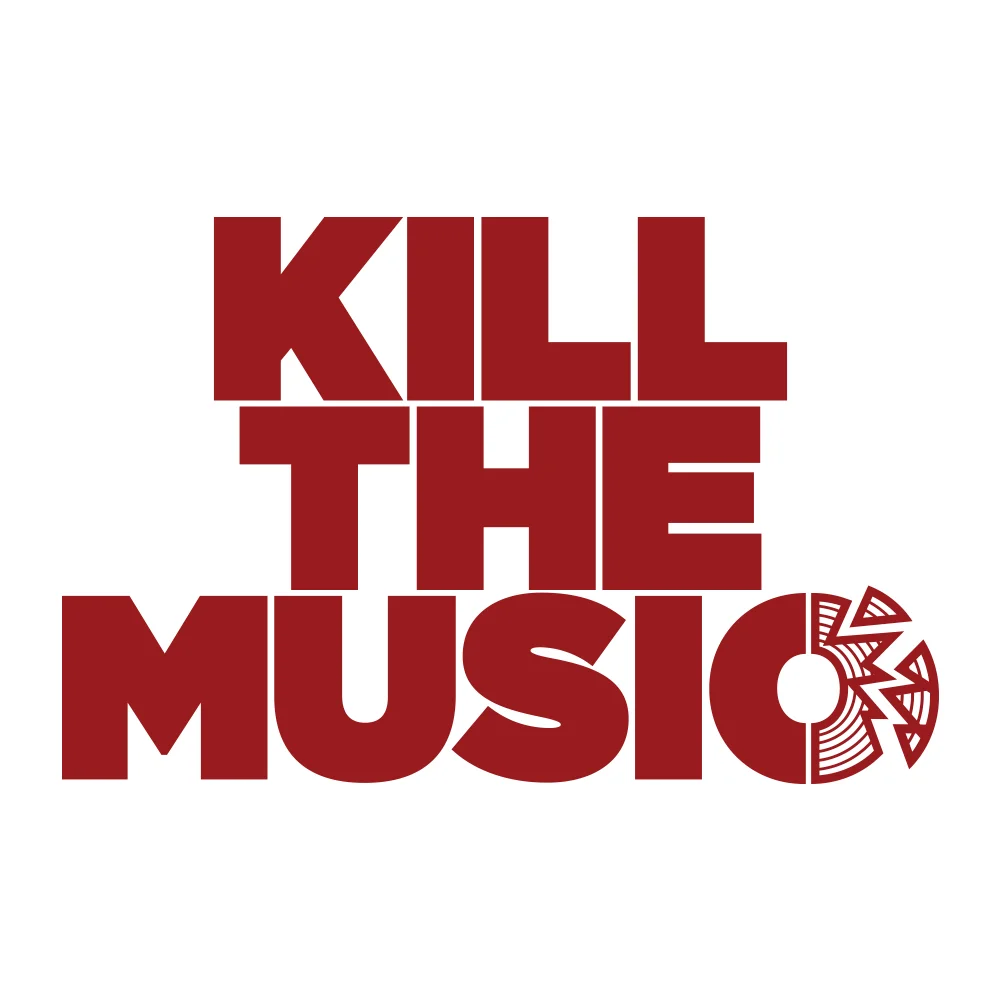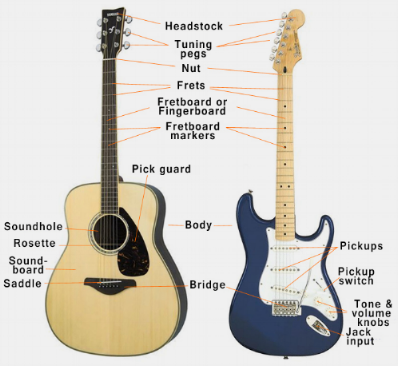Starting to learn guitar can be a pretty overwhelming process and it can seem like it'll take an incredibly long time until you can start playing like your idols. I'm going to break the beginning down into 10 simple steps which helped me play confidently and freely within just a few months.
1. Electric or Acoustic?
The first thing you'll need to decide (if you haven't got a guitar already) is whether you want to start on an electric or an acoustic. This can come down to what style of music you want to play, i.e if you want to play metal get an electric. Want to play finger style? Go for an acoustic but there are a few other factors to consider around the autonomy of the guitar.
I personally would recommend leaning on an electric, the neck shape is typically a lot thinner which will make a world of a difference in how comfortable you will find playing to start with. You can use thinner strings too and won't need to apply as much pressure to get a sound which means your fingers won't feel like they're being shredded as quickly.
2. Learn the autonomy
Knowing what each part of the guitar is important as you'll know what is being referred to in videos and lesson books. It'll also help when you inevitably have to restring your instrument!
3. Learn the very basics! How to tune!
Nobody likes the sound of an out of tune guitar! This could effect your enthusiasm for your learning. You don't even need to purchase a tuner, there are many free tuning apps available on smartphone app stores which are surprisingly accurate and easy to follow.
4. Start by learning what you enjoy
Skip the tedious scales and chord theory for now. Simply search for guitar TAB for your favourite song, you'll then find a list of the chords used. Find out the fingering for each of these chords and practice changing over from each chord VERY slowly until you build up muscle memory and can speed up. Learning this way means that you're more likely to keep interest in playing and don't give up too soon!
5. A good first exercise
Look up an E minor chord and an A minor chord. Switching slowly between the two chords is a great way to build up finger dexterity fast. Also check out About A Girl by Nirvana. Most of the song is made up of an E minor chord and a G major chord which is another good change over to learn.
6. Youtube is a goldmine when it comes to finding helpful lessons
I personally find learning through watching videos makes learning easier than learning through a book. Being able to hear and see what you are aiming to play will help put things into more perspective and there are thousands of beginners videos uploaded to youtube and tutorials available for thousands of songs too. If you have some cash, you can also try paid lessons like those offered by Guitartricks.
7. Try out a capo
A capo is an instant way of changing the pitch of your guitar without the need for drastic tuning. My goal when learning was to not lose interest and give up playing. A capo will expand your playing capabilities and could also make it easier to play your favourite songs.
8. Go to a gig
Go watch established guitarists play! This is a great way of keeping your interest fresh and a way of gaining new ideas you can incorporate into your learning.
9. Have a goal
Set yourself a goal for each practice, such as to learn certain chord or master a change over or picking pattern. As you hit them you'll feel as if you're progressing more.
10. Practice different styles
Try finger style, try learning with and without a plectrum. Have a go at hammer ons and pull offs. Developing techniques early into your playing will help you later on and you'll learn a few easier than they look tricks to impress your pals too.


